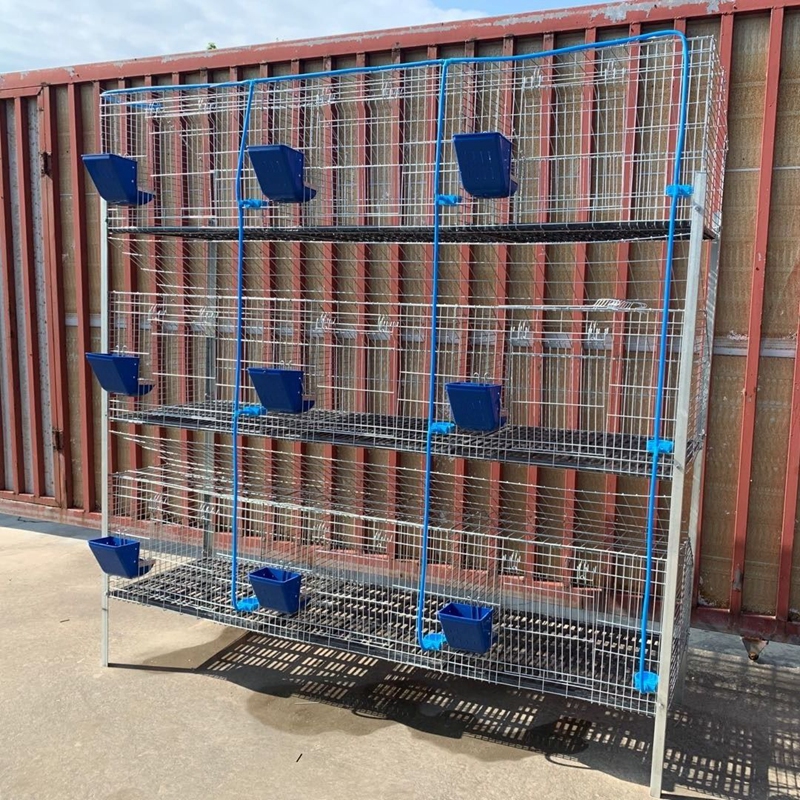Efficient Solutions for Mixing Livestock Feed for Optimal Nutrition and Performance
11 月 . 10, 2024 20:46 Back to list
Efficient Solutions for Mixing Livestock Feed for Optimal Nutrition and Performance
Understanding Livestock Feed Mixers A Cornerstone of Animal Agriculture
In the intricate world of animal agriculture, the significance of livestock feed mixers cannot be overstated. These machines are essential for the efficient mixing of feed ingredients, ensuring that livestock receive balanced nutrition. As the demand for quality animal products continues to rise, the role of feed mixers in optimizing livestock diets has become increasingly critical.
The Importance of Feed Mixing
Livestock feeding is not simply about providing a quantity of food; it’s about delivering the right combinations of nutrients to promote health, growth, and productivity. Different species of livestock, whether cattle, pigs, sheep, or poultry, have unique dietary requirements. A well-formulated diet is essential for optimal growth rates, milk production, reproduction, and overall health. This is where feed mixers play a pivotal role.
Types of Livestock Feed Mixers
Feed mixers come in a variety of designs, each serving specific operational needs. The most common types include
1. Vertical Mixers These mixers feature vertical augers that blend feed ingredients as they are drawn up and pushed downward. They are well-suited for mixing various ingredients and provide thorough blending, which is crucial for ensuring that the final feed product is nutritionally balanced.
2. Horizontal Mixers Utilizing a horizontal auger, these mixers can process larger volumes of feed. They are efficient for mixing dry and wet feed and are often preferred by large-scale livestock operations due to their capacity and speed.
3. Batch Mixers Ideal for smaller farms, batch mixers allow producers to mix specific quantities of feed as needed. This flexibility can be advantageous for tailoring diets based on the changing needs of the livestock.
4. Continuous Mixers These mixers continuously process feed ingredients, making them ideal for large operations where high output is essential. They offer consistency and efficiency for large-scale production.
livestock feed mixer

Nutritional Balance The Key to Livestock Health
The primary function of a livestock feed mixer is to create a homogeneous blend of feed ingredients. This includes grains, protein sources, vitamins, minerals, and other supplements. Achieving nutritional balance is vital to livestock diets, as imbalances can lead to health issues and reduced productivity.
For instance, cattle require a diet that consists of the right proportion of carbohydrates, proteins, fats, vitamins, and minerals. A feed mixer ensures that each ingredient is evenly distributed, thereby providing a consistent supply of nutrients in every bite. This uniformity helps prevent nutritional deficiencies, which can jeopardize animal health and farm profitability.
Efficiency and Cost-Effectiveness
Investing in a quality livestock feed mixer can significantly enhance operational efficiency. A well-maintained mixer can save time and labor costs by automating the feed mixing process. Additionally, by accurately measuring and mixing feed ingredients, farmers can minimize waste and save on feed costs.
In an era of increasing feed prices, the economic benefits of efficient feed management cannot be overlooked. By producing their own feed mixes on-site, farmers gain greater control over their feed quality and can potentially reduce their operational expenditures.
Environmental Considerations
Sustainability is becoming an essential aspect of modern agriculture, and livestock feed mixers can contribute to this goal. By producing custom feed mixes, farmers can utilize local and by-product ingredients, reducing transportation emissions and supporting local economies. Furthermore, efficient feed mixing can help reduce feed waste, leading to a lower environmental impact.
Conclusion
Livestock feed mixers are indispensable tools in the livestock industry. They play a vital role in ensuring that animals receive a balanced diet, which is crucial for their health and productivity. As farms continue to evolve and face new challenges, the importance of advanced feed mixing technology will only grow. By prioritizing nutrition through effective feed mixing, farmers can enhance their operations, support animal welfare, and contribute to a sustainable future in agriculture. The journey of livestock feed mixing is not just about machines; it's about nurturing life and ensuring the health of our food systems for generations to come.
-
school
NewsJul.10,2025
-
Vacuum Packing Machine - Efficient & Reliable Vacuum Packaging Solutions for Food & Industrial Use
NewsJun.10,2025
-
High-Quality European Rabbit Cage Durable Welded Rabbit Cage Wire Mesh Supplier
NewsJun.10,2025
-
High-Efficiency Air Inlet Window for Optimal Poultry Ventilation & Cooling
NewsMay.30,2025
-
High-Efficiency Evaporative Cooling Pads Durable & Energy-Saving
NewsMay.30,2025
-
Automatic Egg Collecting Machine High-Efficiency Poultry Farm Solutions
NewsMay.29,2025






